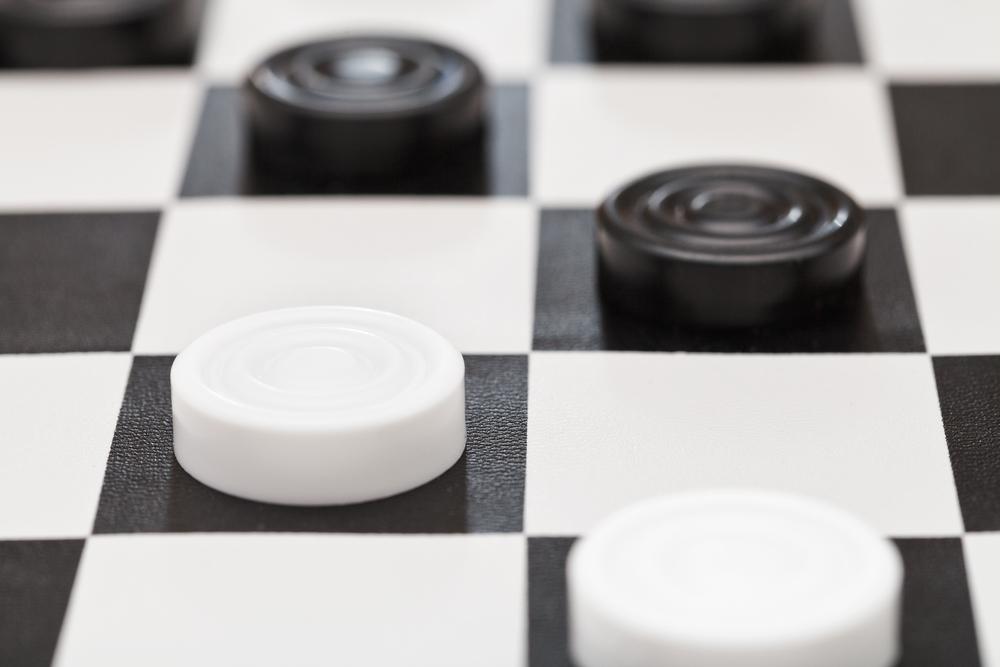
Chess Is Not Checkers!
"Thank you, GM Serper for this profound statement. I would have never guessed it on my own!"
Admit this was your first thought when you read the title of this article. Yes, chess is obviously not checkers and yet, when I was a kid, I heard this self-evident statement almost on a daily basis. Usually it happened when my game would proceed like this:
As you can see, the only idea behind the otherwise stupid move 1.Bb7?! is that if Black captures the bishop, he'll promptly get checkmated: 1...Rxb7?? 2.Rd8+ Ne8 3. Rxe8 checkmate. And this is the situation when our coach would repeat: "Greg, chess is not checkers, capture is not mandatory here!"

You might think that grandmasters remember this simple maxim by heart. But take a look at the following game from the world championship match.
Kasparov in his books calls this endgame one of the most famous endgames of the last quarter of century. It was deeply analyzed by GMs Geller, Averbakh, Timman, Mikhalchishin, Nunn, King, Speelman, Tisdall. Kasparov gives special credit to IMs Mark Dvoretsky, Karsten Mueller and GM Mikhail Marin for the especially detailed research of this tricky position.
I see no point to repeat their findings here since it is very complicated and takes about five pages in a book. You can easily find it on your own in the books by the above-mentioned authors or in Kasparov's own books. But the point is that the natural 46...gxh4 turned out to be a big mistake (46...Ke6! was better).
Kasparov admits that when the game was adjourned and his team analyzed the position, White's move 47. gxh4 was played automatically. Moreover, in their analysis the move 46...gxh4 wasn't even actually played, instead they just removed both g5 and g3 pawns from the board.
This is what most experienced chess players do during their analysis when a mutual pawn capture happens. Unfortunately for Kasparov, this is exactly the position where he really needed the advice of my coach or...Denzel Washington! If you watched the excellent movie "Training Day," you might remember Detective Alonzo Harris (played by Washington) telling his rookie partner: "This @#$& is chess, it ain't checkers!"

Kasparov's mistake in the endgame is so well known that I was surprised to see a very experienced grandmaster to make a similar error:
I tried to understand the mechanism of Black's mistake in the last game and I think I was able to do it. I have no doubt that Mikahelvsky instantly saw that after 40.gxh5? the game is a dead draw since it is a fortress neither king can break.
So, if White had only two possible moves (40.gxh5 and 40. g5), I am sure that Black wouldn't miss the fact that 40.g5! simply wins the game.
But it is the third possible move, 40. gxf5, that muddied the waters. At first sight it looks like white king simply goes all the way to win Black's doubled pawns on the kingside and so White easily wins there. Try to figure out what really happens after 40. gxf5.
As you can see, Mikhalevsky has a devilish plan that would win the game if White took 40.gxf5?? In his excitement he thought that since 40.gxf5?? loses, White should play 40.gxh5? and settle for a draw. Unfortunately for him, White refused to capture either pawn and won the game!
So, remember: chess is not checkers and captures here are not mandatory!



